Amelioration and nutrient management strategies for sodic and alkali soils

Authors:
Sodic and alkali soils are characterized by the occurrence of excess sodium (Na+) to levels that can adversely affect soil structure and disturb the availability of nutrients for plant growth. Structural problems in these soils are created by certain physical processes (slaking, swelling and dispersion of clay minerals) and specific conditions (surface crusting and hardsetting), which affect water and air movement, seedling emergence, root penetration, runoff and erosion, as well as tillage and sowing operations. Such changes ultimately impact choice of crops, and crop growth and yield, which are also affected by osmotic and ion-specific effects in these soils. Of the salt-affected soils worldwide, about 60% are sodic and alkali soils, warranting attention for efficient, inexpensive and environmentally feasible amelioration. Sodic and alkali soil amelioration primarily involves increasing calcium (Ca2+) on the cation exchange complex at the expense of Na+. The replaced Na+ is removed from the root zone through infiltrating water resulting from excessive irrigation(s). Several approaches aiming at amelioration of these soils have been used, which include application of water, crop, chemical amendment, electric current and tillage as amelioration tools. In addition, management of plant nutrient elements in these soils has been addressed as a crucial factor in improving crop productivity and soil fertility. While the principles and technologies aiming at the amelioration of sodic and alkali soils are fairly well understood, their adoption in poor and developing countries is very slow because the majority of the affected lands are in the possession of resource-poor communities or form part of the common property resources of the villages. This paper reviews various amelioration and nutrient management approaches as well as constraints to large-scale adoption of the amelioration approaches. This information will assist researchers and farm advisers in choosing appropriate management practices to achieve maximum benefits from these soils while considering the participation of the farmers in the planning and setting of the amelioration programmes.
